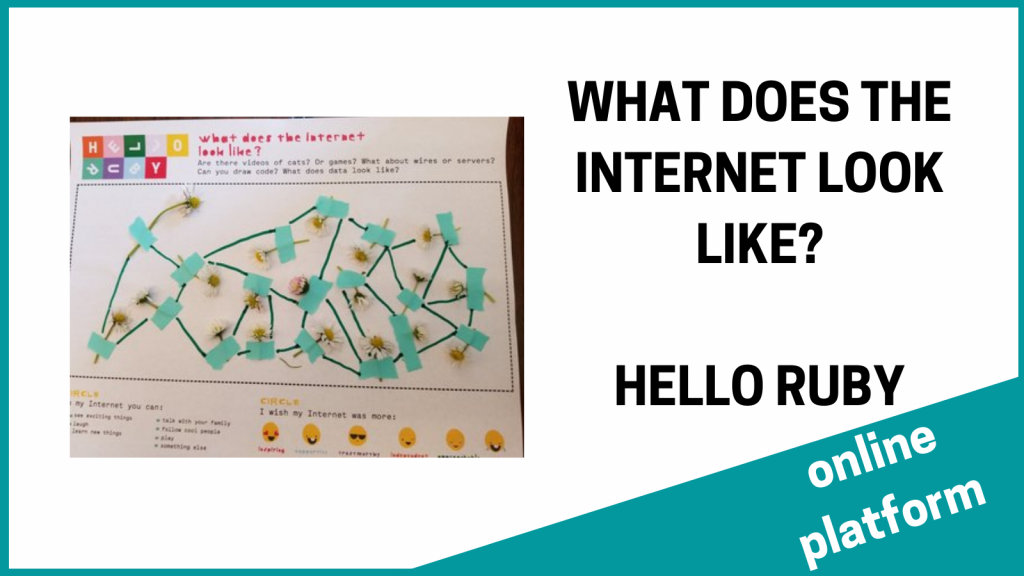This short clip captures how Computing Science does not sit insolation and this is one example of how it can be embedded through the curriculum and in the context of children’s interests through play. The context for learning in the video is health and wellbeing, road safety. The programmable devices are all playing an important role in telling the story of how to cross a road safely. Early level learners create algorithms to programme the BeeBot to travel as cars along the road. Older learners use a more abstract form of programming with the other devices in the clip.
- I know and can demonstrate how to travel safely HWB 0-18a
- In movement, games, and using technology I can use simple directions and describe positions MTH 0-17a
- I can develop a sequence of instructions and run them using programmable devices or equivalent. TCH 0-15a
If you paid close attention, you may have noticed a missed debugging opportunity? The programmable device ‘crossing the road’ did not look left and right again before crossing the second road!











